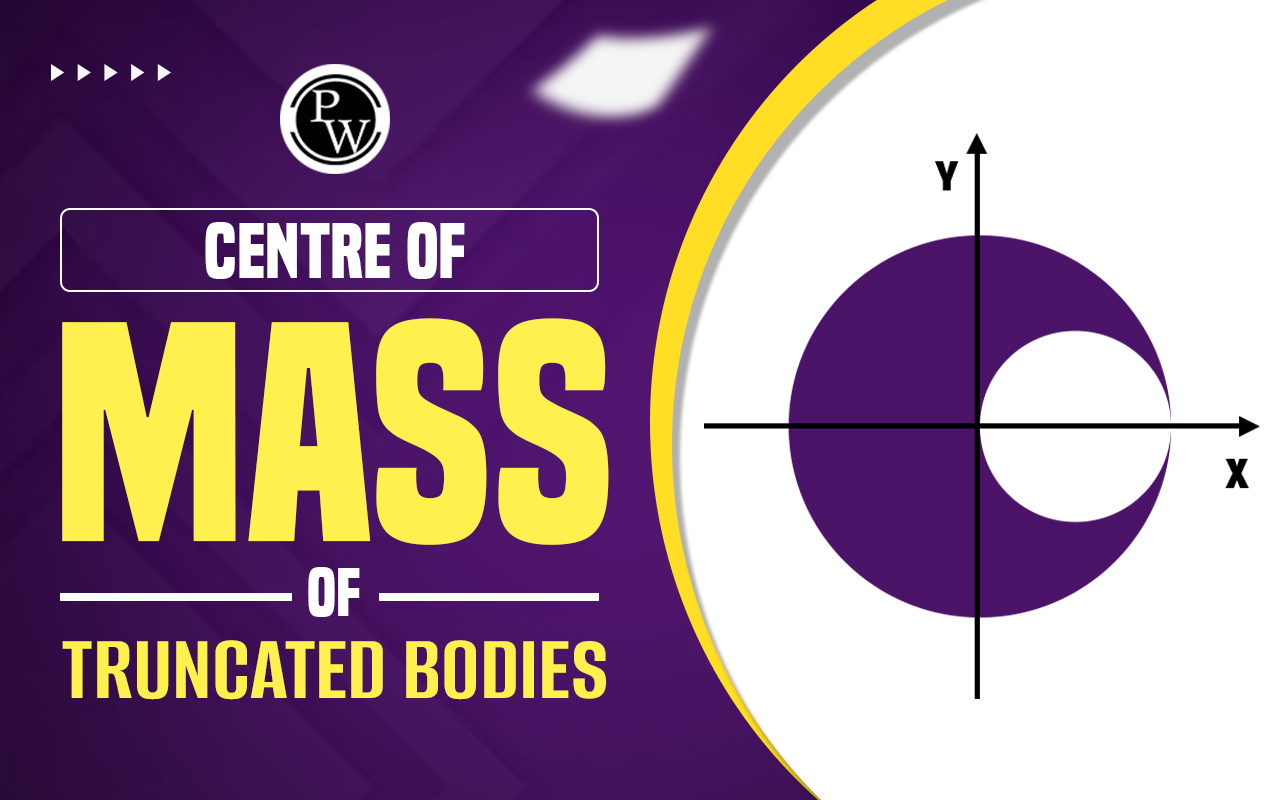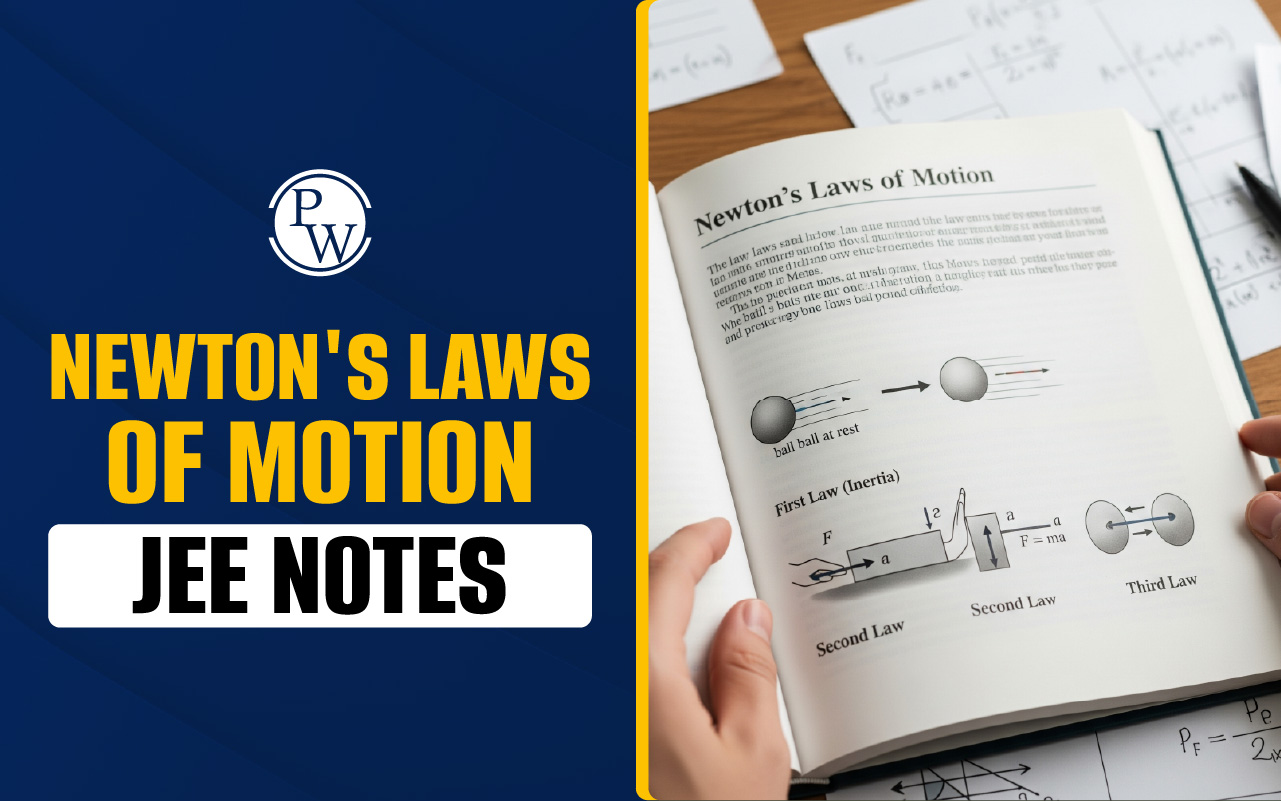

Centre of Mass of Truncated Bodies
Centre of Mass of Truncated Bodies : Centre of mass of truncated bodies can be found by using superposition principle. If we add the removed portion in the truncated body to get the centre of mass of the original body as shown in the figure.
Centre of Mass of Truncated Bodies : Centre of Gravity
Centre of Gravity : We have read that gravitational force between two bodies is always attractive. The earth attracts every particle towards its centre by the force of gravity on the particle which is called the weight W of the
Particle. A body be considered to be made up of a large number of particles of weight W 1 , W 2 , W 3 , ...... As the size of the body is quite small in comparison to the size of t earth, the force of gravity W acting on these particles can be assumed to be parallel to each other as shown in the figure.Important Points to be noted about Centre of Mass of Truncated Bodies
(i) The position of centre of gravity of the body of a given mass depends on its shape i.e., on the distribution of mass (of particles) in it.
Ex. The centre of gravity of a uniform wire is at the middle of its length. But if the same wire is bent into the form of a circle, its centre of gravity will then be at the centre of circle.
(ii) It is not necessary that the centre of gravity always be within the material of the body.
Ex. The centre of gravity of a ring or a hollow sphere lies at its centre where there is no material.
Centre of gravity of some regular uniform objects
| Centre of gravity of some regular uniform objects: | ||
| Object | Position of centre of gravity | |
| 1. | Rod | Mid-point of rod (Fig 1.37) |
| 2. | Circular disc | Geometric centre (Fig 1.37) |
| 3. | Solid or hollow sphere | Geometric centre of the sphere |
| 4. | Solid or hollow cylinder | Mid-point on the axis of cylinder |
| 5. | Solid cone | At a height h /4 from the base, on its axis (if h = height of cone). |
| 6. | Hollow cone | At a height h /3 from the base, on its axis (if h = height of cone). |
| 7. | Circular ring | Centre of ring (Fig 1.37) |
| 8. | Triangular lamina or scalene triangle | The point of intersection of medians (Fig 1.37) |
| 9. | Parallelogram lamina, square or rhombus | The point of intersection of the diagonals (Fig 1.37) |
Centre of gravity of some regular objects
Centre Of Gravity And The Balance Point
Centre Of Gravity And The Balance Point : A solid body can be balanced by supporting it at its centre of gravity. For example, a uniform metre rule has its centre of gravity at the 50cm mark. It can be balanced on a knife edge keeping it exactly at 50cm mark as shown in the figure. It is possible because the algebraic sum of moments of the weights of all particles of rule about the knife edge is zero.
Determination of centre of gravity using a Plumb line method
Centre Of Mass Of Truncated Bodies FAQs
Q.1: State a factor on which position of centre of gravity depends.
Q. 2: What is position of centre of gravity of a rectangular lamina?
Q.3. Define the term centre of gravity.
Q. 4. State whether the following statements are true of false.
Q.5. The centre of gravity of a hollow cone of height h is at distance x form its vertex where the value of x is
Q.6. Can centre of gravity of a body lie outside of its surface? If yes give example












